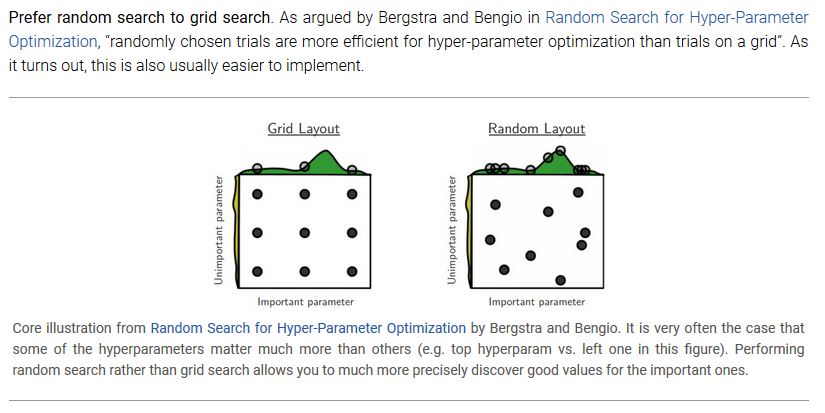I am trying to tune some params and the search space is very large. I have 5 dimensions so far and it will probably increase to about 10. The issue is that I think I can get a significant speedup if I can figure out how to multi-process it, but I can't find any good ways to do it. I am using hyperopt and I can't figure out how to make it use more than 1 core. Here is the code that I have without all the irrelevant stuff:
from numpy import random
from pandas import DataFrame
from hyperopt import fmin, tpe, hp, Trials
def calc_result(x):
huge_df = DataFrame(random.randn(100000, 5), columns=['A', 'B', 'C', 'D', 'E'])
total = 0
# Assume that I MUST iterate
for idx_and_row in huge_df.iterrows():
idx = idx_and_row[0]
row = idx_and_row[1]
# Assume there is no way to optimize here
curr_sum = row['A'] * x['adjustment_1'] + \
row['B'] * x['adjustment_2'] + \
row['C'] * x['adjustment_3'] + \
row['D'] * x['adjustment_4'] + \
row['E'] * x['adjustment_5']
total += curr_sum
# In real life I want the total as high as possible, but for the minimizer, it has to negative a negative value
total_as_neg = total * -1
print(total_as_neg)
return total_as_neg
space = {'adjustment_1': hp.quniform('adjustment_1', 0, 1, 0.001),
'adjustment_2': hp.quniform('adjustment_2', 0, 1, 0.001),
'adjustment_3': hp.quniform('adjustment_3', 0, 1, 0.001),
'adjustment_4': hp.quniform('adjustment_4', 0, 1, 0.001),
'adjustment_5': hp.quniform('adjustment_5', 0, 1, 0.001)}
trials = Trials()
best = fmin(fn = calc_result,
space = space,
algo = tpe.suggest,
max_evals = 20000,
trials = trials)
As of now, I have 4 cores but I can basically get as many as I need. How can I get hyperopt to use more than 1 core, or is there a library that can multiprocess?

